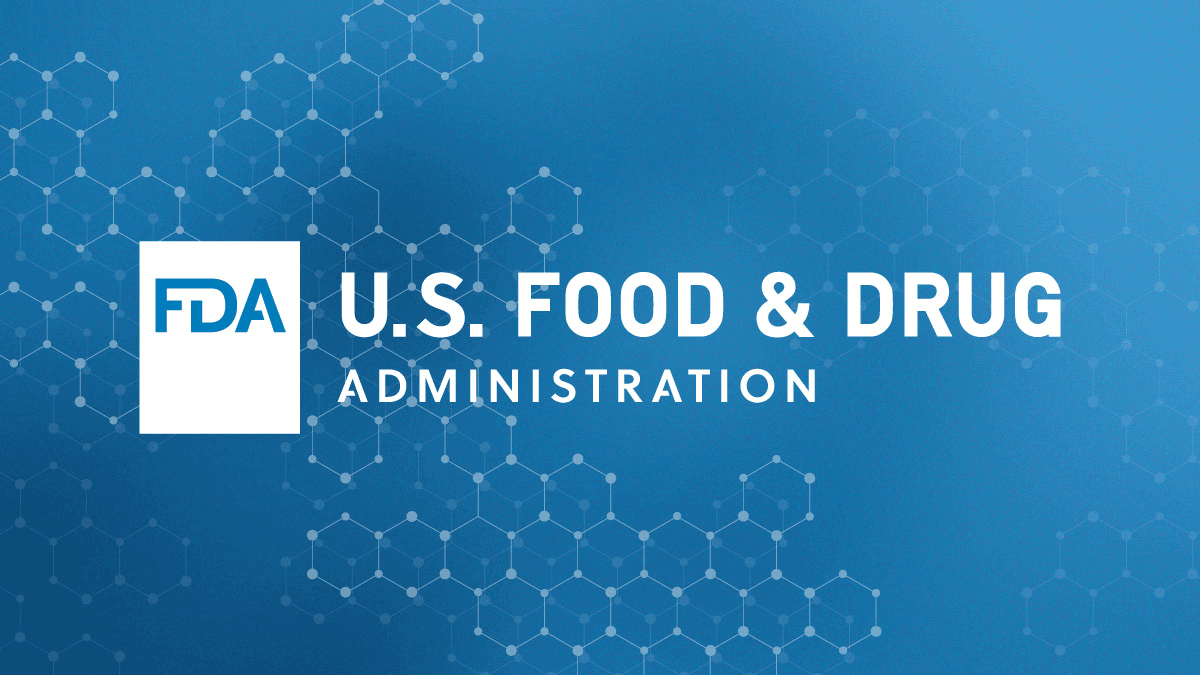Cheez-Its Were Everything Wrong With My Childhood—And Everything Right

This story is part of Junk Food, Redefined, our new collection of snack recommendations, recipes, and perspectives that celebrate an undervalued food group. Read all the stories here.
For my father, a plate of food served two purposes: to taste good and to fill you up. He had worked as a short-order cook through high school and college, and at the diner he’d learned not to fear grease. He cherished grease. It funded his education. In diners my father learned to smoke cigarettes and guzzle coffee and gobble down any food that was at hand, enough to get him through a double shift plus back-to-back classes. The food that was at hand was junk: shit on a shingle, banana cream pie, corned beef hash dolloped on top of French toast—not the rich and custardy French toast of today’s brunch but its scummier older brother, made from stale Wonder Bread and tasting of nothing. The diner taught him the incomparable pleasure of eating wrong.
When I was growing up in Washington, D.C., in the ’90s, my friends’ athletic superdads coached our soccer teams and pitched the tents during Girl Scouts camping trips. They were on the front lines of emerging food trends. When I slept over at their homes, they cooked flatbreads and taco salads while wearing aprons emblazoned with “REAL MEN COOK” and “I’D RATHER BE GRILLING.” The food may have lacked both fat and salt, but in accordance with the dietary gospel of the time, it looked wonderfully correct. These dads prepared after-school snacks like “ants on a log,” whose fanciful name couldn’t disguise the fact that the snack itself was a pretty dull business: celery spread with (low fat) peanut butter and dotted with raisins. But at my house, where junk food was king, the snack was always, always Cheez-Its.
I didn’t like the funk of cheese itself, but Cheez-Its were different. They tasted less of cheese than of salt and the bitterness of a subtle oven burn. My father liked to cram the biggest possible handful into his mouth, letting the orange crumbs trickle onto his beard before licking them off like a dog licking his chops. I preferred eating them one at a time, gripping a cracker daintily by its outer ridges and placing it on my tongue so that salt would ripple through all my taste buds. When the Cheez-It was mostly muck in my mouth, I swallowed.
My mother had her ways of clarifying the role of Cheez-Its. We ate all “real” meals (anything with a protein and a starch) at the kitchen table. Cheez-Its were banished to the living room sofa, where the box squatted between the cushions, not welcome in the cabinet where the granola bars and rice cakes lived lest they start a dirtbag revolution there. We didn’t eat the granola bars and rice cakes. They were dusty in their cabinet. But it was important that we keep these indicators of propriety somewhere accessible.
Due to the Cheez-Its confinement in the same room as other low-rent stuff like the TV and romance novels, my father and I developed sneaky rituals around them. We ate them as uncrunchily as we could whenever my mother was otherwise occupied. She worried that too many Cheez-Its would “ruin our dinner,” which was another indicator of the snack’s ideological place: Other foods could be ruined, while Cheez-Its could only ruin.
World News || Latest News || U.S. News
Source link


